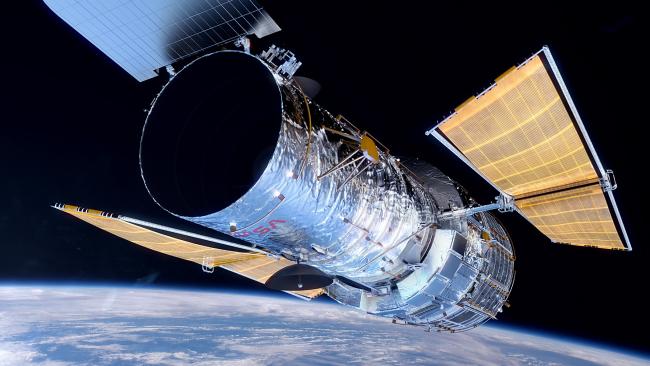
Astronomers created a 3D model of space and it looks nothing like what they expected.
AT LEAST two trillion galaxies — 10 times more than scientists thought — exist within the observable universe. And we can’t even see most of them, reports the New York Post.
A group of international astronomers compiled 20 years of images from the Hubble Space Telescope and other international observatories to create a 3D model of the 200 billion galaxies already estimated to exist.
But the model instead revealed that there are at least one trillion eight hundred billion more out there. Only 10 per cent of these are visible to us even with our strongest telescopes.
“It boggles the mind that over 90 per cent of the galaxies in the universe have yet to be studied,” said Christopher Conselice, who led the study published Thursday in The Astrophysical Journal.
Since the scientists were observing deep space, they essentially gazed 13 billion light-years into the past and discovered that the early universe contained more galaxies than it does today. Many of those galaxies have since merged to form larger celestial objects.
Hubble was launched in 1990, and has been orbiting the Earth ever since. Its deep-space images have documented the furthest galaxies ever recorded — and it only covers a fraction of the total sky.

The model was compiled using images from the Hubble Space Telescope.Source:Supplied
But NASA’s James Webb Space Telescope, Hubble’s successor, is scheduled to launch in October 2018, and will “more than double the number of galaxies that we can see today,” Conselice told the Los Angeles Times.
The Webb is 100 times more powerful than Hubble and will use near-infrared technology to explore the earliest moments of the universe.
And the European Southern Observatory plans to launch the European Extremely Large Telescope in 2024, which will also study the first moments of the universe, in addition to exploring black holes and searching for other “exoplanets” — planets beyond our solar system. It’s already been dubbed “the world’s biggest eye on the sky.”
“We are missing the vast majority of galaxies because they are very faint and far away,” Conselice said. “Who knows what interesting properties we will find when we observe these galaxies with the next generation of telescopes?”
This article originally appeared in the New York Post and was reproduced with permission.
NASA Finds Evidence of Water Plumes on Europa2:35

NASA scientists say images taken by the Hubble Space Telescope in 2014 suggest there may be water vapor plumes erupting off the surface of Jupiter's moon Europa. WSJ's Monika Auger reports. Photo: NASA/JPL/Ted Stryk







